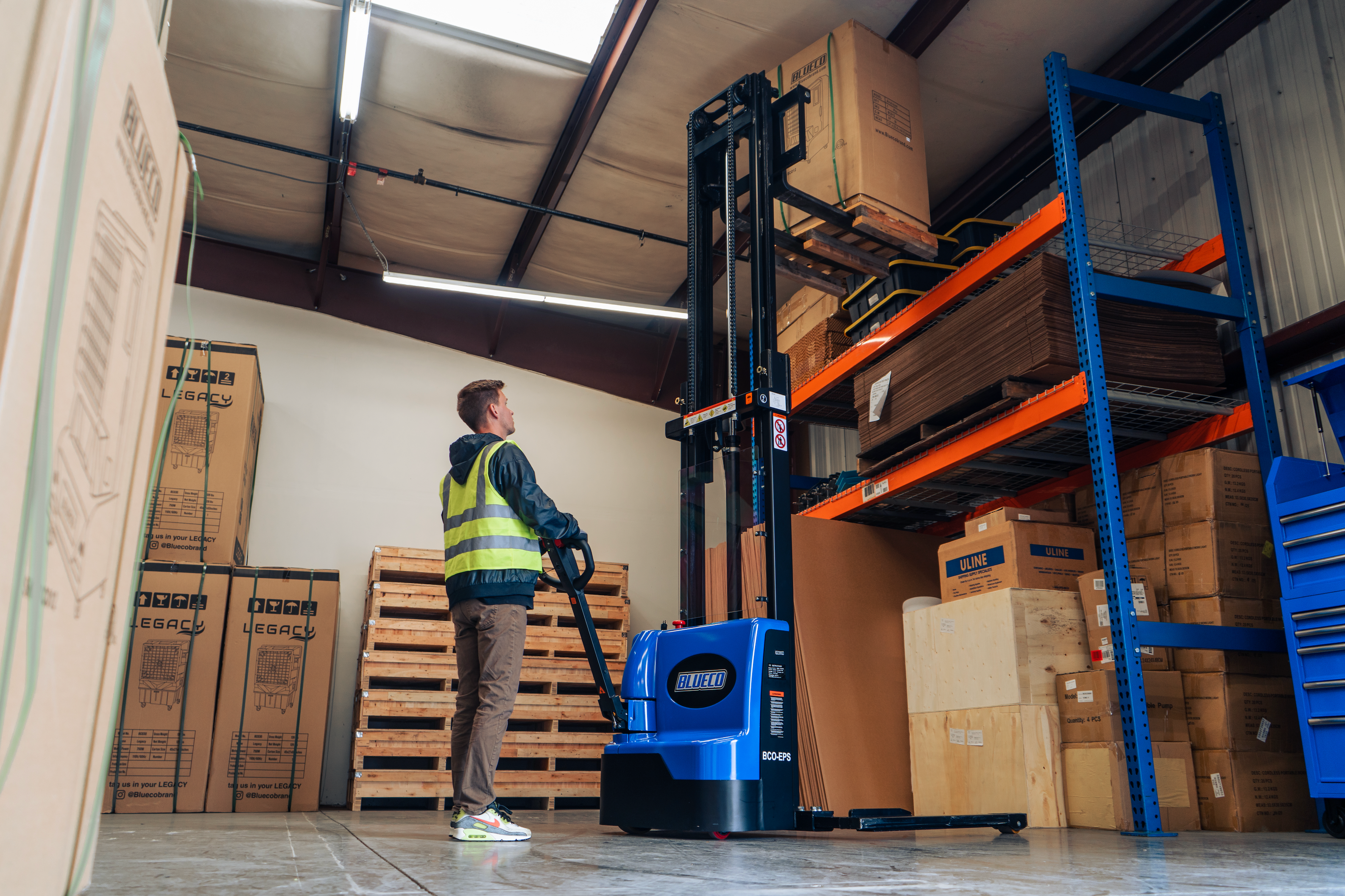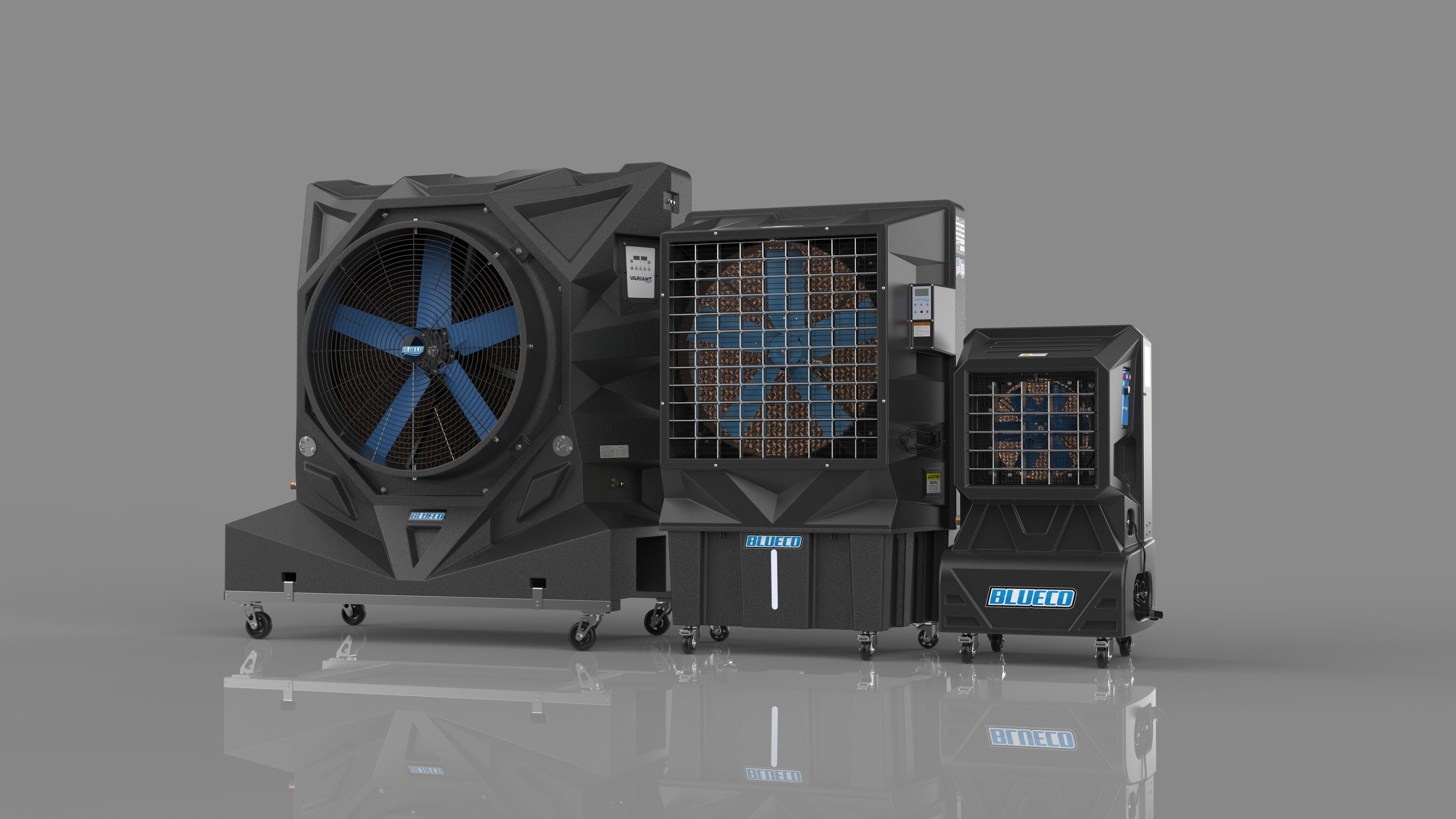The Importance of Air Circulation in Warehouses with HVLS Fans
Why Air Circulation Matters in Warehouses
Warehouses are typically large, open spaces that store goods, equipment, and often serve as hubs of logistical activity. With their vast square footage and high ceilings, maintaining proper air circulation in warehouses is both a challenge and a necessity. Poor air quality and stagnant air can lead to increased energy costs, unsafe working conditions, and reduced productivity.
That’s where HVLS fans come into play.
What Are HVLS Fans?
HVLS (High-Volume, Low-Speed) fans are large industrial ceiling fans, typically 7 feet in diameter or larger, designed to move massive volumes of air at low rotational speeds. These fans improve airflow throughout large spaces like warehouses, manufacturing facilities, and distribution centers, creating a more comfortable and efficient environment.
Benefits of Using HVLS Fans in Warehouses
1. Improved Air Quality and Worker Comfort
Proper air circulation helps eliminate hot spots, humidity pockets, and stagnant air. HVLS fans distribute air evenly, which reduces the likelihood of airborne contaminants settling and helps control odors. This creates a healthier and more comfortable environment for workers—critical for safety and morale.
2. Energy Efficiency and Cost Savings
By improving airflow, HVLS fans help reduce the load on HVAC systems. In summer, they provide a cooling effect that can reduce the need for air conditioning. In winter, they assist in destratification, redistributing warm air trapped near the ceiling back down to the floor. This can lead to energy savings of up to 30%, depending on the building and system configuration.
3. Product Preservation
Certain goods—especially perishables, electronics, and pharmaceuticals—require controlled environments. HVLS fans help maintain consistent temperature and humidity levels throughout the warehouse, reducing the risk of spoilage, corrosion, or damage.
4. Increased Productivity and Safety
When employees are too hot, cold, or breathing in stuffy air, their productivity drops. HVLS fans promote consistent comfort, which leads to better performance and fewer sick days. Additionally, good airflow can reduce condensation on floors, decreasing the risk of slips and falls.
Why HVLS Fans Are Superior to Traditional Fans
Traditional high-speed industrial fans tend to focus airflow in narrow patterns and often generate noise and turbulence. In contrast, HVLS fans create large, gentle air columns that can cover areas of up to 20,000 square feet per fan—quietly and effectively. This makes them ideal for high-ceiling applications like warehouses.
Choosing the Right HVLS Fan for Your Warehouse
When selecting an HVLS fan, consider:
-
Warehouse size and layout
-
Ceiling height
-
Number of employees and workstations
-
Type of goods stored
-
Existing HVAC system
Conclusion
Investing in HVLS fans is a smart move for any warehouse operation. Not only do they significantly improve air circulation in warehouses, but they also enhance worker safety, reduce energy costs, and preserve the integrity of stored goods.
If you’re looking to boost efficiency and comfort in your warehouse, now is the time to consider an HVLS fan solution.




Leave a comment
This site is protected by hCaptcha and the hCaptcha Privacy Policy and Terms of Service apply.